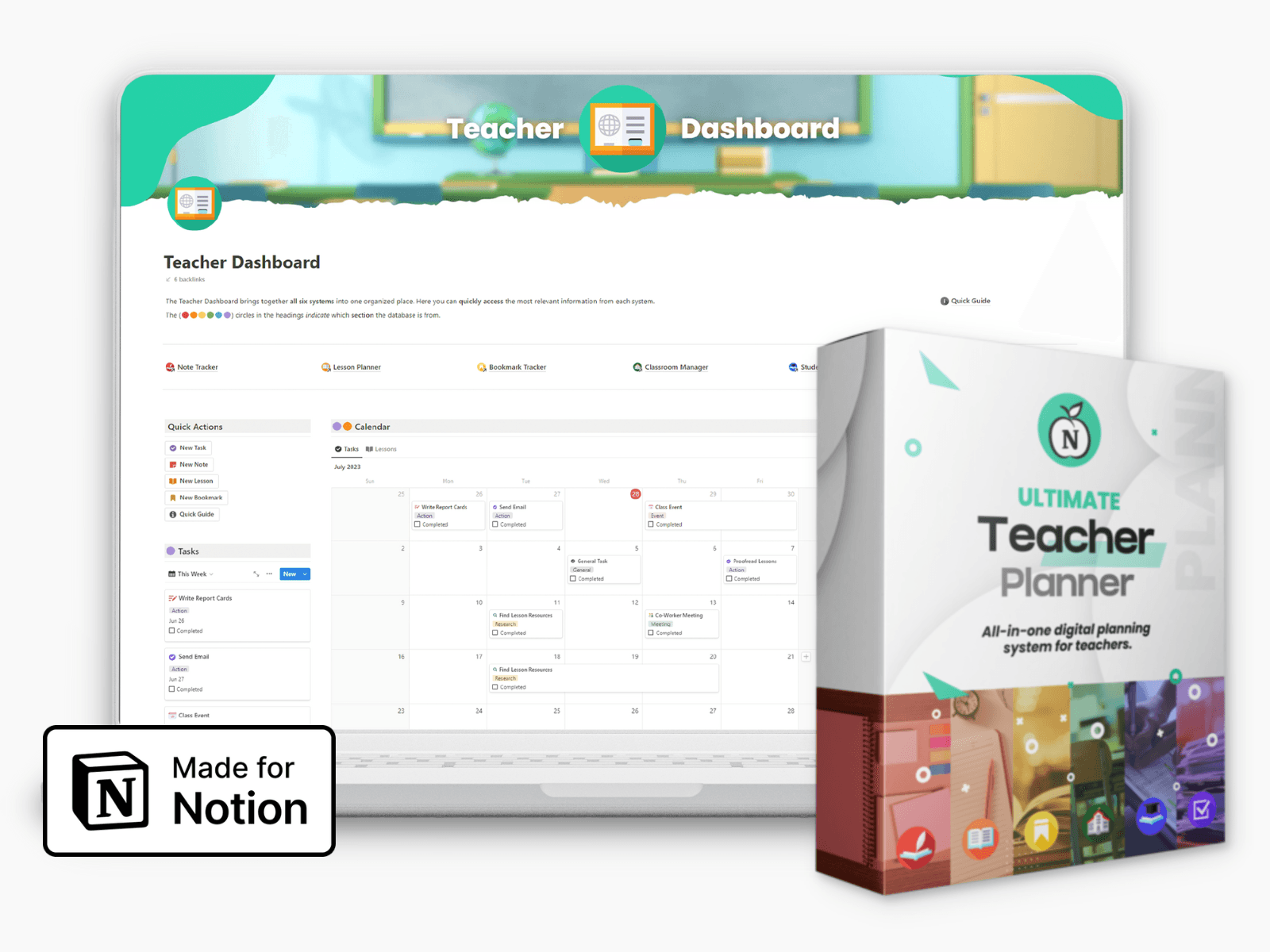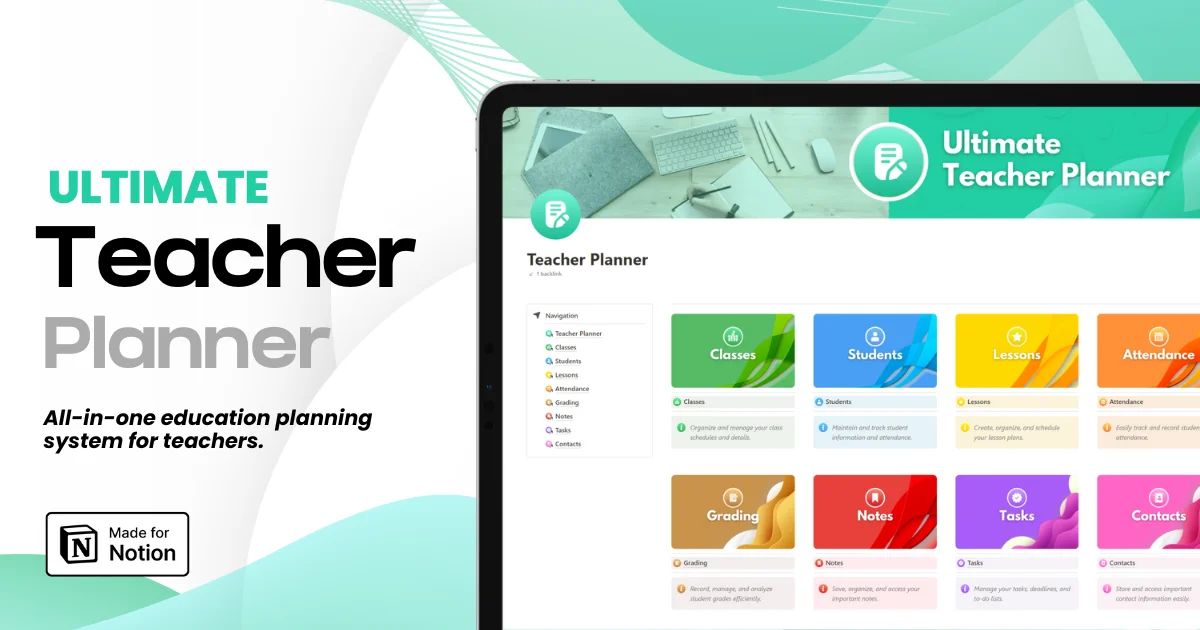

5 Proven Strategies to Implement Spaced Repetition in Your Classroom
5 Proven Strategies to Implement Spaced Repetition in Your Classroom
5 Proven Strategies to Implement Spaced Repetition in Your Classroom

Article by
Milo
ESL Content Coordinator & Educator
ESL Content Coordinator & Educator
All Posts
Between content overload, student distractions, and the pressure to meet standards, it often feels like the biggest battle in teaching isn’t getting students to learn—it’s getting them to remember. That’s where spaced repetition comes in.
Spaced repetition is a research-backed technique that helps students retain information long-term by revisiting it at increasing intervals, rather than all at once. And no, it doesn’t require a tech overhaul or fancy software to start using. You can begin today with a few shifts in how you review, assess, and structure your lessons.
Here are five practical, teacher-tested ways to bring spaced repetition into your classroom routine:
Between content overload, student distractions, and the pressure to meet standards, it often feels like the biggest battle in teaching isn’t getting students to learn—it’s getting them to remember. That’s where spaced repetition comes in.
Spaced repetition is a research-backed technique that helps students retain information long-term by revisiting it at increasing intervals, rather than all at once. And no, it doesn’t require a tech overhaul or fancy software to start using. You can begin today with a few shifts in how you review, assess, and structure your lessons.
Here are five practical, teacher-tested ways to bring spaced repetition into your classroom routine:
Ultimate Teacher Planner
The ultimate all-in-one education management system in Notion.
Learn More

Ultimate Teacher Planner
The ultimate all-in-one education management system in Notion.
Learn More

Ultimate Teacher Planner
The ultimate all-in-one education management system in Notion.
Learn More

1. Warm-Ups that Make Students Think Back
Let’s ditch the passive warm-ups.
Instead of starting class with a new worksheet or review video, try this: ask students to recall a key concept without looking at their notes.
Examples:
"What’s one thing you remember from yesterday’s lesson on photosynthesis?"
"Define a term we learned last week without using your notes."
This process, known as active recall, is the backbone of spaced repetition. When students pull information from memory, they strengthen the neural pathways associated with it.
You can make this strategy even more engaging by turning it into a short pair-share activity or a mini quiz game.
Tip: Keep a visible tracker on the board. "Today’s Recall Champion" or a simple tally of correct answers adds light competition and motivation.
2. Spiral Review with Purpose
Spiral review isn’t a new concept, but when done intentionally with spaced intervals, it becomes a memory booster instead of a repetitive chore.
Every week, dedicate one class period or 15-minute block to revisiting content from different time frames:
One topic from last class
One from two weeks ago
One from last month
Rotate between group discussion, matching activities, and whiteboard races. Even better: have students design the questions themselves. It boosts ownership and shows you what they really remember.
Want to see the research behind this? Check out this summary from the Learning Scientists, which breaks down spaced practice and retrieval in classroom-friendly terms.
3. Assignments That Layer Old and New
Traditional assignments often focus only on current units. But spaced repetition thrives on blending new learning with prior knowledge.
Try this in your next assignment:
Add one bonus question that asks students to relate a current topic to something from two units ago.
In writing prompts, encourage references to earlier readings or themes.
In math, ask students to apply a concept learned last semester in a current context.
This strategy is called interleaving, and it challenges the brain to distinguish between similar ideas—a key to deep learning.
For compelling research on how interleaving boosts learning, check out this Scientific American article on the interleaving effect.
4. Embrace Low-Stakes Quizzing
Tests aren’t just for grades. When used regularly and without pressure, frequent low-stakes quizzes can significantly improve retention.
Use short, 5-question quizzes:
Every Friday to recap the week
After every two lessons
As a bell-ringer to start class
Keep it light: allow open-notes, small groups, or gamified formats (Kahoot, Plickers, or classic paper-and-pencil with teams).
What matters is that students are retrieving information again and again, spaced out over time. Even self-quizzing works—encourage students to keep their own question bank or use tools like Quizlet or paper flashcards.
- Need more ideas? This Edutopia collection of fast formative assessment strategies offers excellent techniques for incorporating quizzes meaningfully into your routine.
5. Use Tech (When It Makes Things Easier)
If you want to automate spaced repetition, the right digital tools can help you scale it without hours of extra planning.
For instance, Cramd is one platform that allows students to upload notes, generate flashcards, and study them with a spaced repetition algorithm tailored to their learning pace
Tools like Cramd, which use spaced repetition to adapt to student learning speeds, can save teachers planning time while improving retention..
If you're already using Google Classroom or Notion, consider linking flashcard decks or embedding review prompts that resurface older content at set intervals.
Not all tech needs to be fancy. A simple spreadsheet with student self-assessments on past topics can act as a rotation guide.
Curious about what AI and spaced repetition might look like in the near future? Explore how AI flashcards are shaping the future of learning.
Bonus Strategy: Reflection for Retention
After quizzes, projects, or presentations, give students time to reflect:
What did they remember most easily?
What surprised them about what they forgot?
What would they like to review again soon?
Have them jot it down, or share aloud. These short, reflective pauses help students become more metacognitive—an underrated tool in long-term retention.
Wrapping Up
Spaced repetition isn’t about teaching more; it’s about reinforcing better. It helps teachers build lessons that stick, reduce reteaching, and encourage student independence.
Whether you're using warm-ups, spiraled review, low-stakes quizzes, or digital tools, spaced repetition can fit into any classroom with small, manageable shifts.
If you start with just one thing this week, let it be this: revisit something from three weeks ago. Make it visible. Make it playful. Make it matter.
Because the goal isn’t just to cover content—it’s to make sure they keep it.
1. Warm-Ups that Make Students Think Back
Let’s ditch the passive warm-ups.
Instead of starting class with a new worksheet or review video, try this: ask students to recall a key concept without looking at their notes.
Examples:
"What’s one thing you remember from yesterday’s lesson on photosynthesis?"
"Define a term we learned last week without using your notes."
This process, known as active recall, is the backbone of spaced repetition. When students pull information from memory, they strengthen the neural pathways associated with it.
You can make this strategy even more engaging by turning it into a short pair-share activity or a mini quiz game.
Tip: Keep a visible tracker on the board. "Today’s Recall Champion" or a simple tally of correct answers adds light competition and motivation.
2. Spiral Review with Purpose
Spiral review isn’t a new concept, but when done intentionally with spaced intervals, it becomes a memory booster instead of a repetitive chore.
Every week, dedicate one class period or 15-minute block to revisiting content from different time frames:
One topic from last class
One from two weeks ago
One from last month
Rotate between group discussion, matching activities, and whiteboard races. Even better: have students design the questions themselves. It boosts ownership and shows you what they really remember.
Want to see the research behind this? Check out this summary from the Learning Scientists, which breaks down spaced practice and retrieval in classroom-friendly terms.
3. Assignments That Layer Old and New
Traditional assignments often focus only on current units. But spaced repetition thrives on blending new learning with prior knowledge.
Try this in your next assignment:
Add one bonus question that asks students to relate a current topic to something from two units ago.
In writing prompts, encourage references to earlier readings or themes.
In math, ask students to apply a concept learned last semester in a current context.
This strategy is called interleaving, and it challenges the brain to distinguish between similar ideas—a key to deep learning.
For compelling research on how interleaving boosts learning, check out this Scientific American article on the interleaving effect.
4. Embrace Low-Stakes Quizzing
Tests aren’t just for grades. When used regularly and without pressure, frequent low-stakes quizzes can significantly improve retention.
Use short, 5-question quizzes:
Every Friday to recap the week
After every two lessons
As a bell-ringer to start class
Keep it light: allow open-notes, small groups, or gamified formats (Kahoot, Plickers, or classic paper-and-pencil with teams).
What matters is that students are retrieving information again and again, spaced out over time. Even self-quizzing works—encourage students to keep their own question bank or use tools like Quizlet or paper flashcards.
- Need more ideas? This Edutopia collection of fast formative assessment strategies offers excellent techniques for incorporating quizzes meaningfully into your routine.
5. Use Tech (When It Makes Things Easier)
If you want to automate spaced repetition, the right digital tools can help you scale it without hours of extra planning.
For instance, Cramd is one platform that allows students to upload notes, generate flashcards, and study them with a spaced repetition algorithm tailored to their learning pace
Tools like Cramd, which use spaced repetition to adapt to student learning speeds, can save teachers planning time while improving retention..
If you're already using Google Classroom or Notion, consider linking flashcard decks or embedding review prompts that resurface older content at set intervals.
Not all tech needs to be fancy. A simple spreadsheet with student self-assessments on past topics can act as a rotation guide.
Curious about what AI and spaced repetition might look like in the near future? Explore how AI flashcards are shaping the future of learning.
Bonus Strategy: Reflection for Retention
After quizzes, projects, or presentations, give students time to reflect:
What did they remember most easily?
What surprised them about what they forgot?
What would they like to review again soon?
Have them jot it down, or share aloud. These short, reflective pauses help students become more metacognitive—an underrated tool in long-term retention.
Wrapping Up
Spaced repetition isn’t about teaching more; it’s about reinforcing better. It helps teachers build lessons that stick, reduce reteaching, and encourage student independence.
Whether you're using warm-ups, spiraled review, low-stakes quizzes, or digital tools, spaced repetition can fit into any classroom with small, manageable shifts.
If you start with just one thing this week, let it be this: revisit something from three weeks ago. Make it visible. Make it playful. Make it matter.
Because the goal isn’t just to cover content—it’s to make sure they keep it.
Ultimate Teacher Planner
The ultimate all-in-one education management system in Notion.
Learn More

Ultimate Teacher Planner
The ultimate all-in-one education management system in Notion.
Learn More

Ultimate Teacher Planner
The ultimate all-in-one education management system in Notion.
Learn More

2025 Notion4Teachers. All Rights Reserved.
2025 Notion4Teachers. All Rights Reserved.
2025 Notion4Teachers. All Rights Reserved.
2025 Notion4Teachers. All Rights Reserved.








